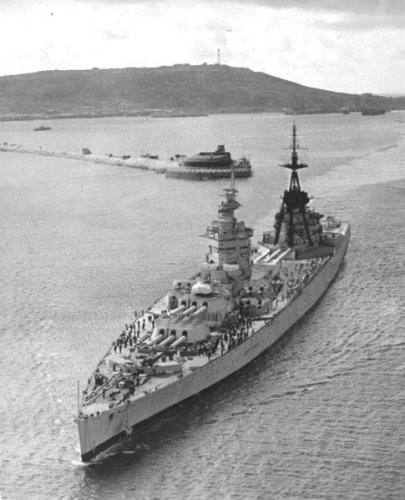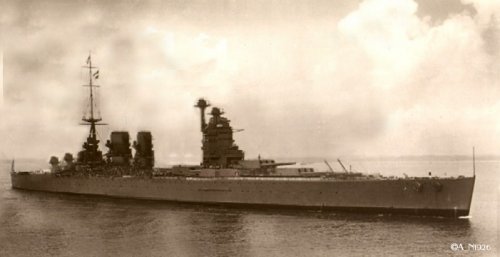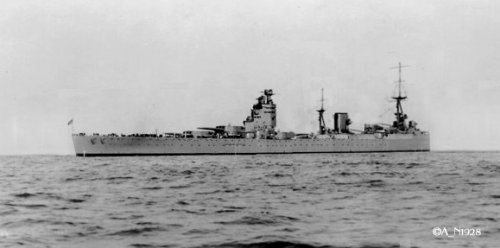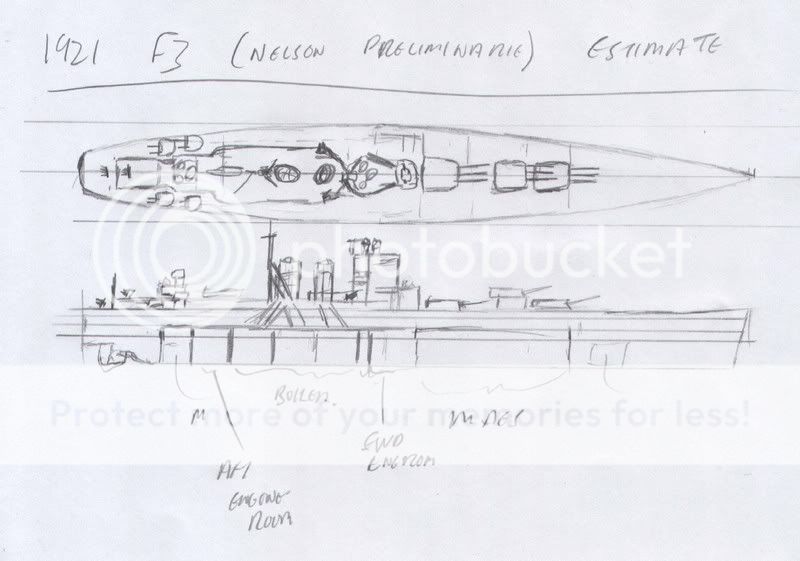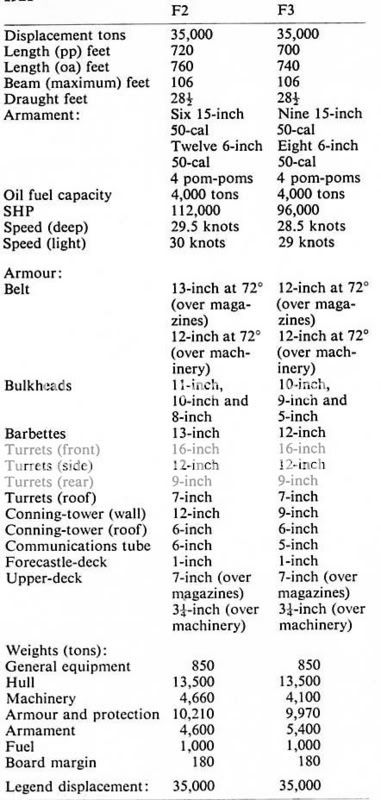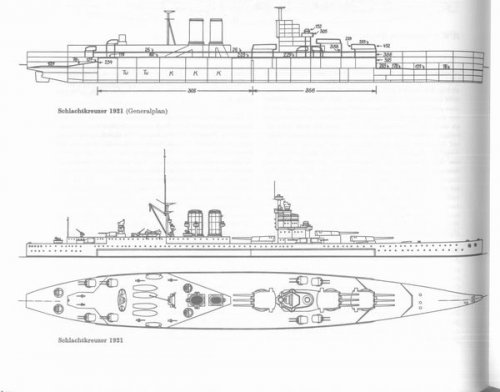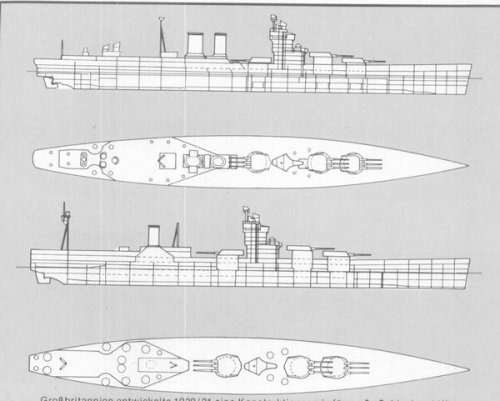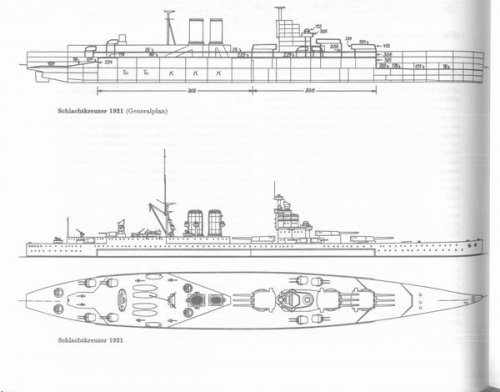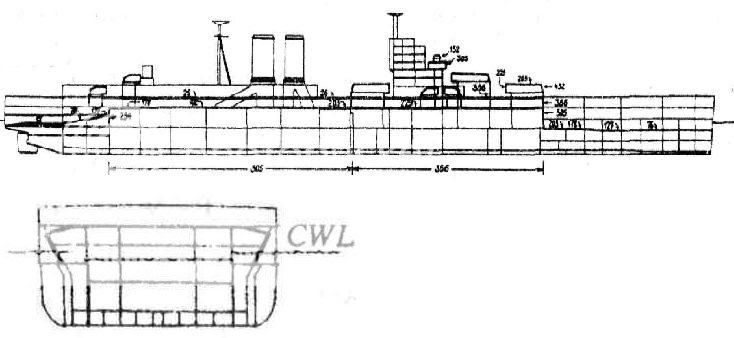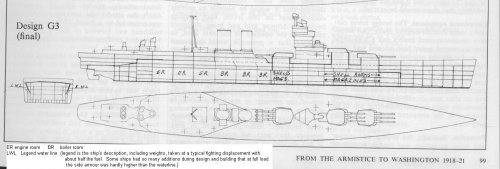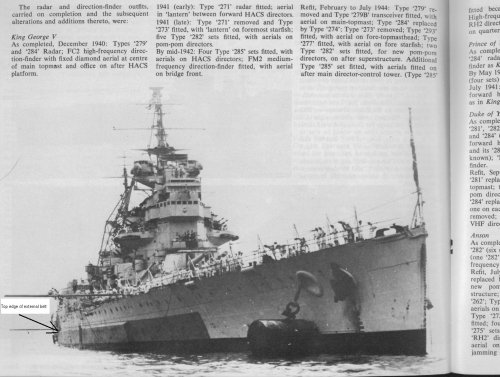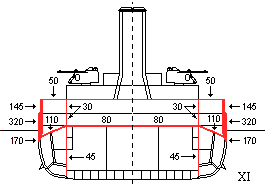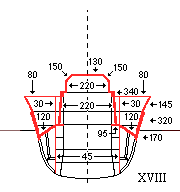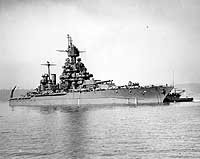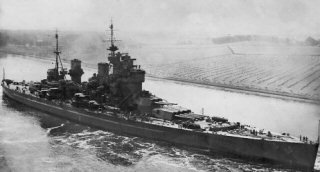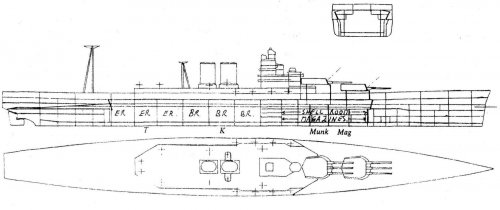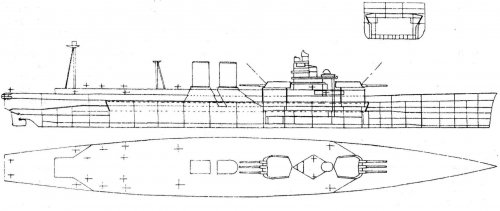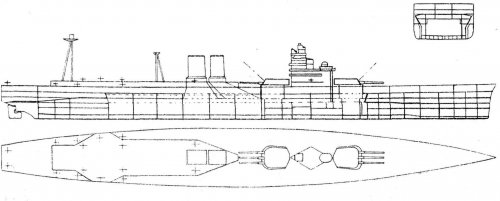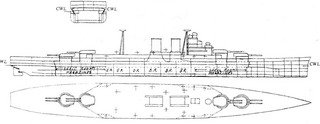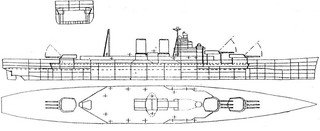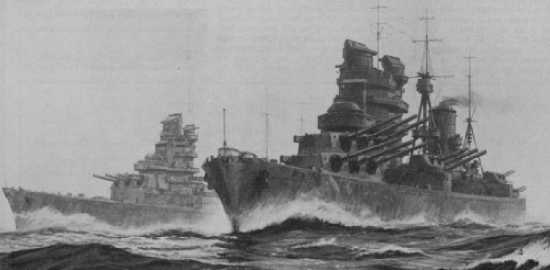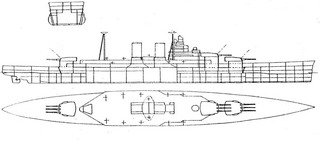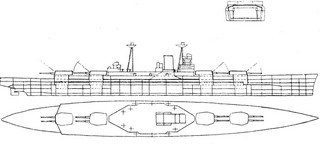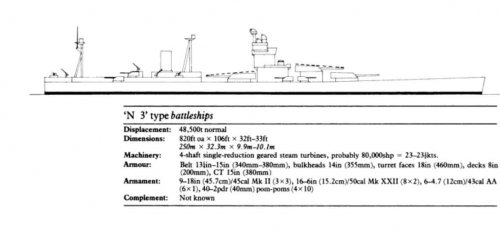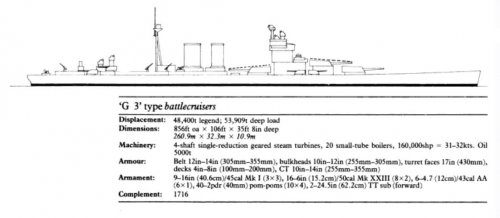Woody
Passionate about the advancement of technology
'Shocked and stunned' that there is nothing on the site about these 2. The 2 best ships Britain never built. The G3 was a fast battle cruiser with 9 x 16 inch guns and the N3 was its more heavily armoured 9 x 18 inch gun battleship cousin (a British Yamato 20 years earlier). They were both scraped soon after the 1921 Washington treaty and all we got was the Nelson class scaled down versions instead (as I'm sure you must know) Below, the top picture is my impression of a G3 based on a Nelson class. Also I've attached 2 other renderings of a G3 and an N3 from the internet but I forget the source. If anyone knows please tell me as I remember it was a fantastic site with many other renderings of uncompleted designs. I fear though it may no longer exist. I'm sure gentlemen of your caliber must have heaps of information on these ships and perhaps even more impressive British designs?
Cheers, Woody
Cheers, Woody

